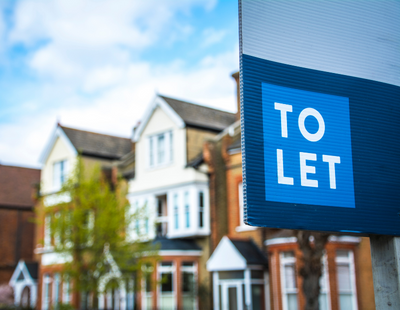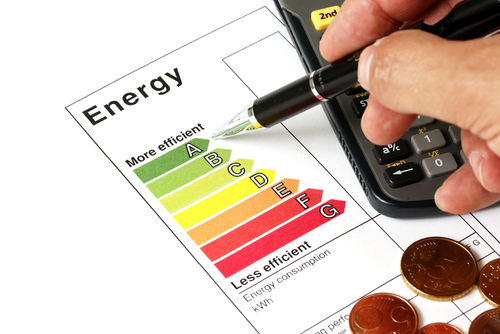
Almost two in five UK owners - landlords and homeowners - now consider improving the energy efficiency of their property an important priority, following energy costs rising earlier this year.
Despite this 40 per cent of owners admit they have ‘no idea’ how energy efficient their property is, making it difficult to know where to make improvements.
The figures come from the Halifax which says the UK is home to some of the oldest and worst insulated houses in Europe.
With energy bills still significantly higher than pre-pandemic, appetite to make ‘green’ home improvements remains strong, the lender says.
Installing solar panels is the first choice for a third of people looking to make greener home choices, followed by double or triple glazing (30 per cent) and upgrading radiators (27 per cent).
The average household annual energy bill in the UK is £2,074 and according to the Energy Saving Trust, by transitioning to solar power, homeowners could save up to a quarter on their yearly bills - a saving of £525 per year. This figure could increase even further when factoring in a home battery or by switching to a higher paying tariff under the Smart Export Guarantee, when selling excess energy back to the National Grid.
Almost half of people say cost is the biggest barrier to making energy efficiency improvements. Further, almost a quarter state that a key barrier stopping them from borrowing money to make their property more energy efficient is that they aren’t convinced the investment would be reflected in the resale value of their property.
However, according to Rightmove’s 2023 Greener Homes Report, a more sustainable home could offer financial benefits. Improving a property’s EPC rating from an F to a C could see an average of over £55,000 added to the value of a home.
Another challenge is finding suitable tradespeople, with only one in five landlords and owner occupiers able to find tradespeople with the right skills.
Andrew Asaam, homes director of Lloyds Banking Group, says: “To save money on energy bills, homeowners first need to understand how energy efficient their property is. Every property has an EPC report, which is a great place to start to review the changes people may be able to make to live in a greener, home.”















%20-%20IMAGE%20Client%20Accounting%20%E2%80%93%20what%20are%20your%20options.jpg)
%20(002).png)

.png)
.png)

%20(002).jpg)













Join the conversation
Jump to latest comment and add your reply
Plans are afoot to reform the EPC system, and can't come too soon. When deciding what to do improving your score, EPCs on my houses talk about floor insulation before wall or loft, completely the reverse of effect or cost. Digging into the system a bit, which is not as easy as say looking up what your car needs to pass in it's MOT, replacing an old drafty wooden front door with an efficient new UPVC will gain nil point. Changing light bulbs, which could be changed back that evening will gain you valuable points.
Why not call the assessor that produced your EPC and have a constructive chat about viable, cost effective improvements. Understanding the EPC is a good start. If the first Recommendation is for floor insulation, you probably have suspended timber, which will be ventilated, to prevent rot, but provide a cold, potentially draughty floor, causing your heating system to work overtime, at great expense. Draught proofing to windows and doors, is the most cost effective improvement. Changing light bulbs to LED is a minimal improvement, as they only tend to be on in the rooms you occupy, unlike a shop or office, where lights on all the time. Why would you change them back? Yes, the EPC is about to be updated and more complex, ultimately costing more to produce. There will be more Recommendations to consider.
The annoying point is the adverse assumptions that are made. e.g an assumption that there is NO underfloor insulation when it was a requirement in the planning process and further the planning dept have signed it off . To prove that there is some 30mm of insulation one needs to remove all the floor coverings which exposes the tung an groove 18mm flooring boards, on top of which are laid the stud wall partitions . Not an easy job to then take up the tongue and groove flooring to expose the underfloor insulation and the boards will never go back quite as good as they were originally.
JP - unless retro-fitted, it is a reasonable assumption that a suspended timber floor is unlikely to have insulation. If done, locate the evidence?
Where’s Gibbons and his rockwall rant?
Please login to comment